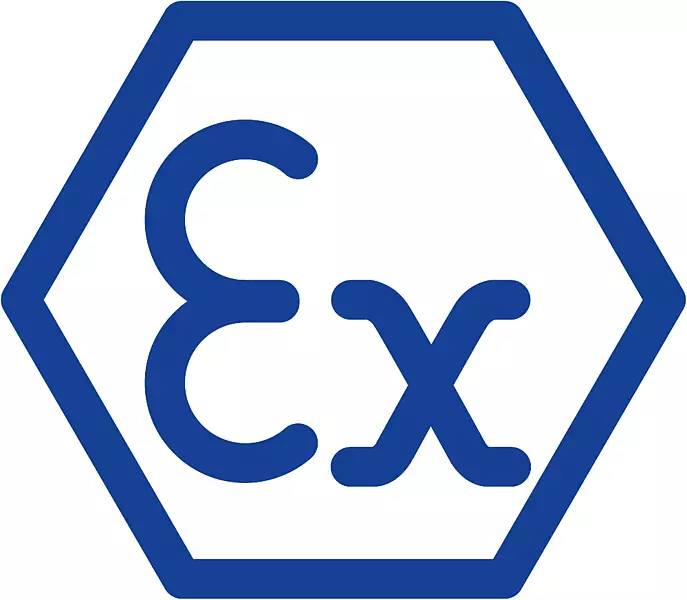Dangerous substances and explosive atmospheres
DownloadDangerous Substances and Explosive Atmospheres Regulations 2002 Approved Code of Practice and guidance
Directive 94/9/EC
DownloadDirective 94/9/EC of the European Parliament and the Council of 23 March 1994
Directive 2006 42 EC
DownloadDIRECTIVE 2006/42/EC OF THE EUROPEAN PARLIAMENT AND OF THE COUNCIL of 17 May 2006 on machinery, and amending Directive 95/16/EC (recast)






